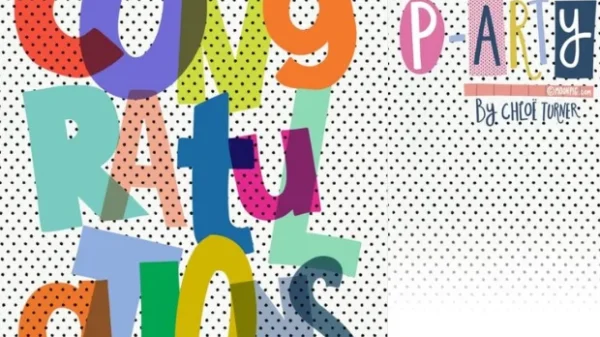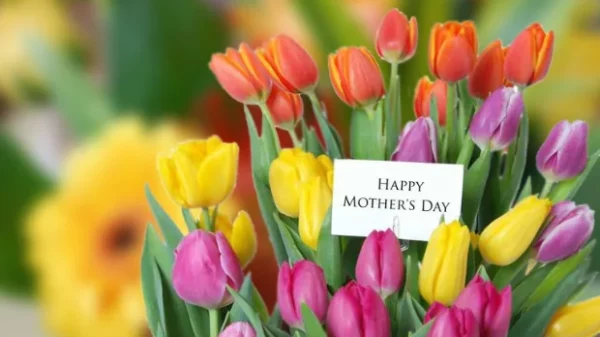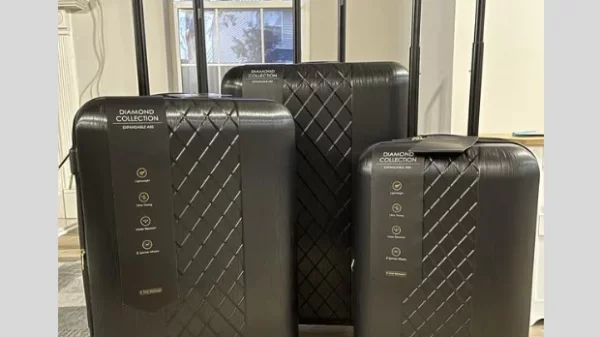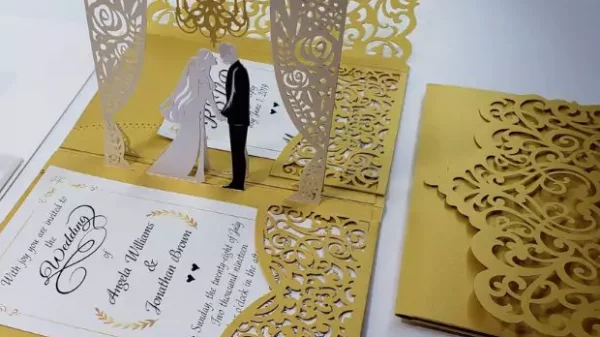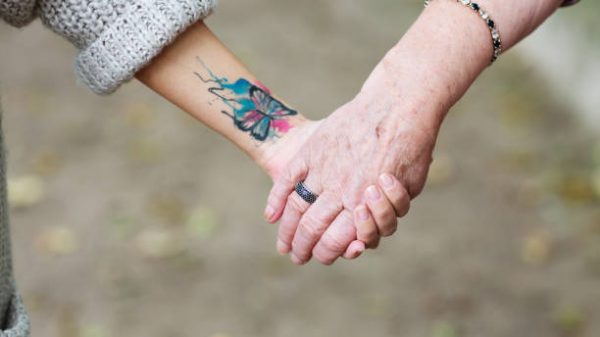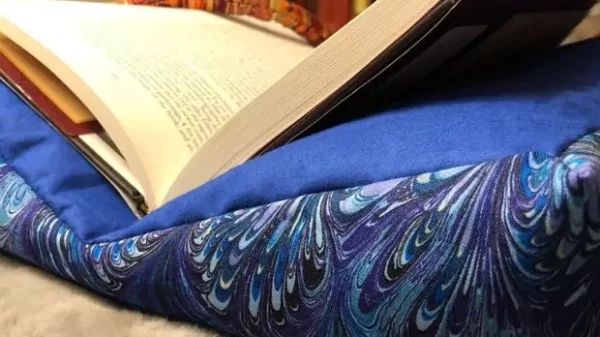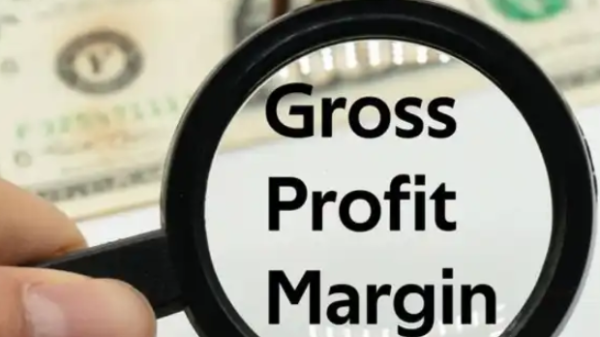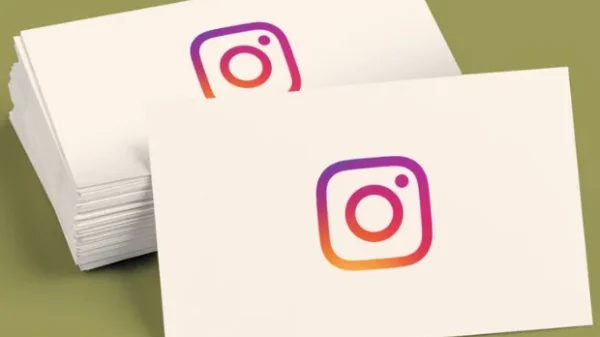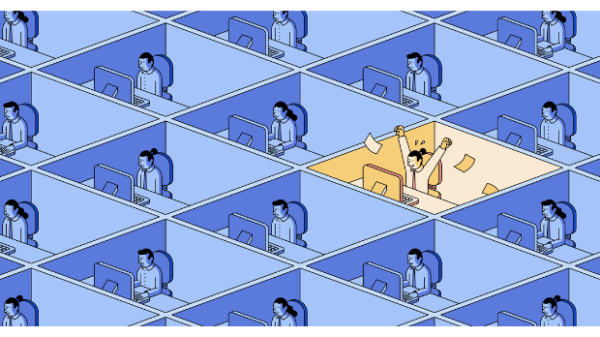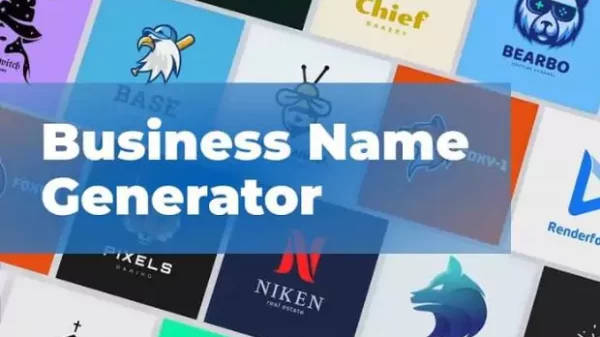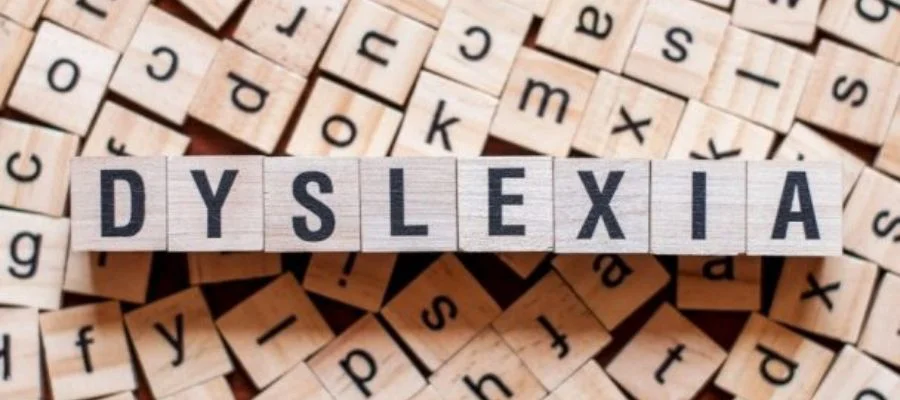
Dyslexia Awareness Day | Hermagic
The Thursday of World Dyslexia Week in October is World Dyslexia Day. 5 to 20% of people have dyslexia, which is the most prevalent reason for struggles learning to read, write, and spell. It is a neurological disorder that runs in families. It is a learning disease that impairs a person’s ability to read and write clearly. The affected people frequently struggle with their ability to read and write accurately. Reading, writing, and vocabulary may be difficult for them. 80% to 90% of those with learning difficulties have it. The purpose of World Dyslexia Day is to increase public awareness of these problems and available treatment options.
Dyslexia Awareness Week
Every year, individuals participate in Dyslexia Awareness Week to raise awareness and assist others in understanding the condition better. Teachers and caregivers should use this week to think about the best ways to serve students who have dyslexia.
Children and adults with dyslexia frequently go undiagnosed, which prevents them from receiving assistance. By raising awareness, caregivers such as teachers and parents will be able to recognize it in their charges and assist in getting a diagnosis.
Low self-esteem can also emerge in dyslexic children. Dyslexia Awareness Week is the ideal time to encourage them and give them tools to build confidence.
How do I support individuals who have dyslexia?
In addition to demonstrating awareness and having a good understanding of what dyslexia is, it’s critical to know how to support those who may experience difficulties. It is true all year round, not just during Dyslexia Awareness Week.
Reading to dyslexic children is a good approach for parents to support them. You’ll encourage their enthusiasm for storytelling while also exposing children to inventive terminology and assisting them in developing a better, more assured command of spoken language. Additionally, it’s a chance for you to spend extra time with your kid!
Why Dyslexia Awareness Day Matters?
De-stigmatizing the condition
Dyslexics are criticized as being slow, unyielding, and indolent. However, that is untrue. The eradication of these misconceptions and increased understanding of the nature of the illness are goals of World Dyslexia Day.
An opportunity to contribute
Taking part in community service on World Dyslexia Day is another opportunity. You can improve the world for dyslexics by participating in awareness events, giving to worthy causes, and spreading the news about the day.
It fosters a feeling of community
World Dyslexia Day gives dyslexics and those who care for them a sense of community. They can establish communities, exchange resources, and support one another in leading more fulfilling lives.
Facts About Dyslexia You Do Not Know
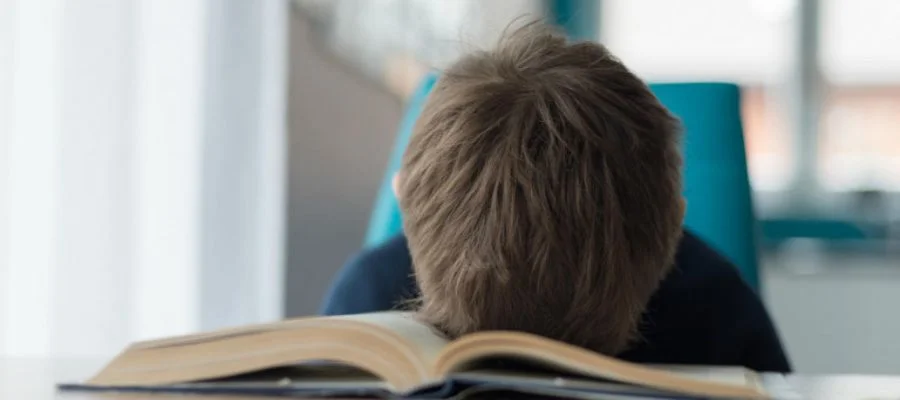
Facts About Dyslexia | Hermagic
- People who struggle with dyslexia excel in other areas like innovative thinking and problem-solving.
- Only 11% of the UK population is left-handed, compared to 50% of those who have dyslexia.
- Dyslexia can develop later in life because of a brain injury, illness, or trauma.
- Since up to 10% of people in the UK are thought to have dyslexia, teaching your students about it can be beneficial.
- It has been discovered that the dyslexic brain is typically bigger than the non-dyslexic brain.
- Numerous well-known people, like Richard Branson, Jennifer Aniston, Orlando Bloom, and Holly Willoughby, have dyslexia. These people say having dyslexia helps them think differently and be more creative.
- Historical leaders and well-known artists including Pablo Picasso, Albert Einstein, and Leonardo da Vinci were all acknowledged dyslexics.
- Dyslexia can have many effects on a person, including difficulties with reading and writing, trouble following directions, and trouble understanding vocal commands.
How to celebrate Dyslexia Awareness Week?
The approach to recognizing Dyslexia Awareness Month is to understand what it means to be dyslexic and how much it can limit your ability to perform many activities, like reading your favorite magazine or billboards. Take the time to watch a few of the many visuals and movies to help folks realize how dyslexia works to comprehend the full scope of dyslexic people’s struggles.
Early identification of dyslexia can do wonders for a child’s self-esteem. You can let them know they are not less deserving of respect than other kids and that there are things they can do to lessen their difficulties in school. You can also donate some money to The International Dyslexia Association, which has been working extremely hard for decades to make sure that dyslexic children, teens, and adults would not fall behind and experience all that quality teaching has to offer.
The Bottom Line
World Dyslexia Awareness Day is crucial in eradicating myths and raising awareness of this widespread neurological disorder so that we can strive toward a more inclusive and fair society for those with neurodiverse backgrounds in the future. We may reduce stigmas and boost tolerance by having open discussions about cognitive differences like dyslexia. Everyone, irrespective of neurological make-up, will benefit from learning to accept dyslexia because of their ability for problem-solving, creativity, and unconventional thinking. You can know more about dyslexia awareness day on the hermagic website.
FAQs

















